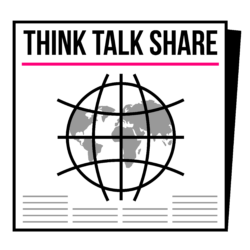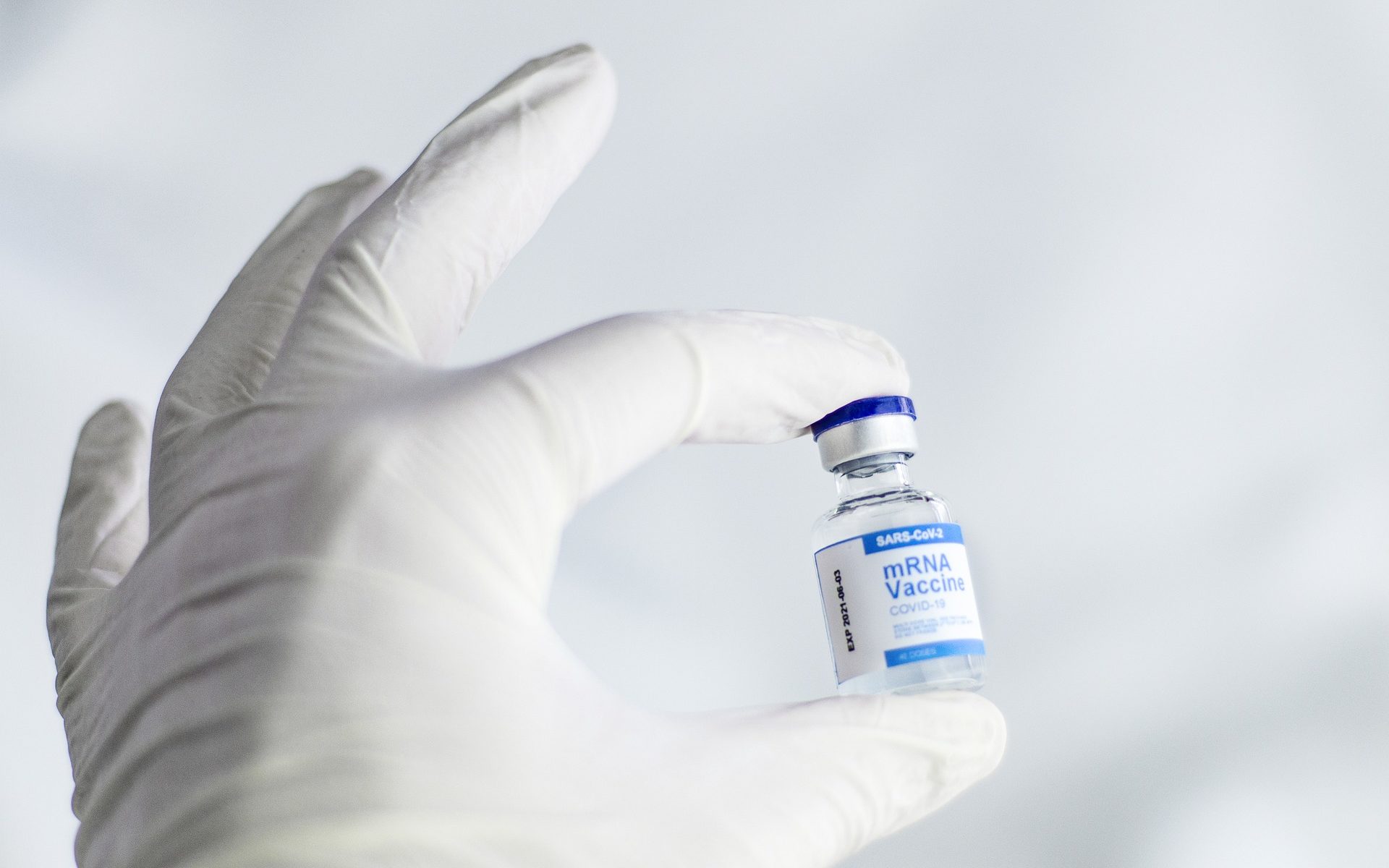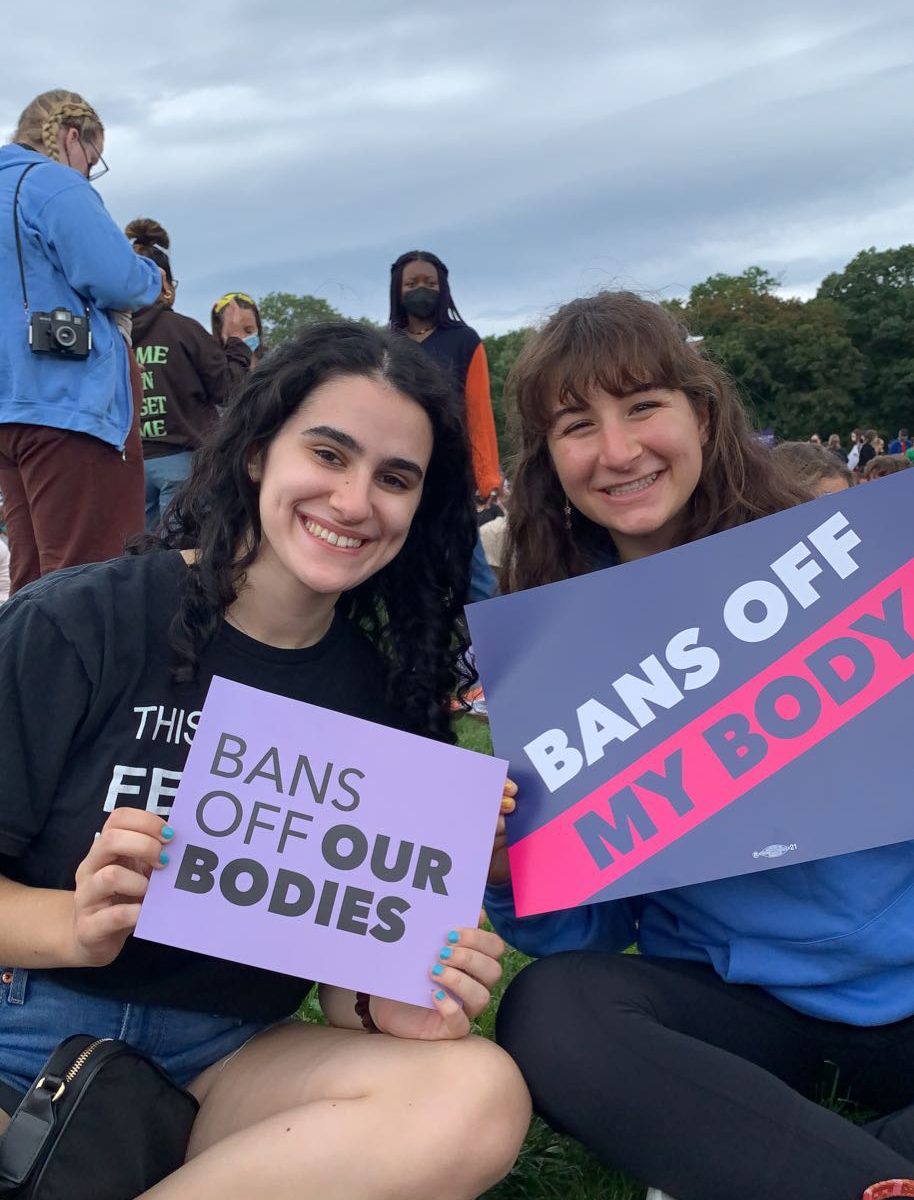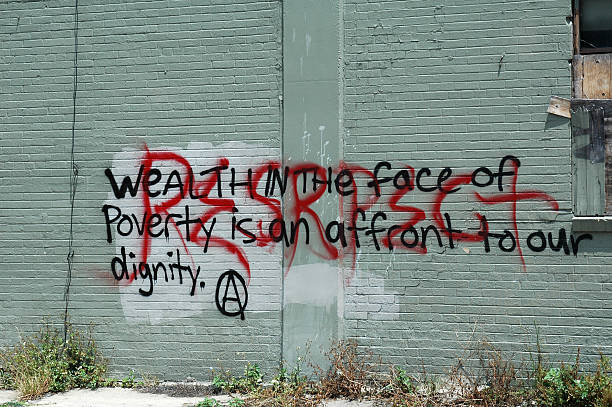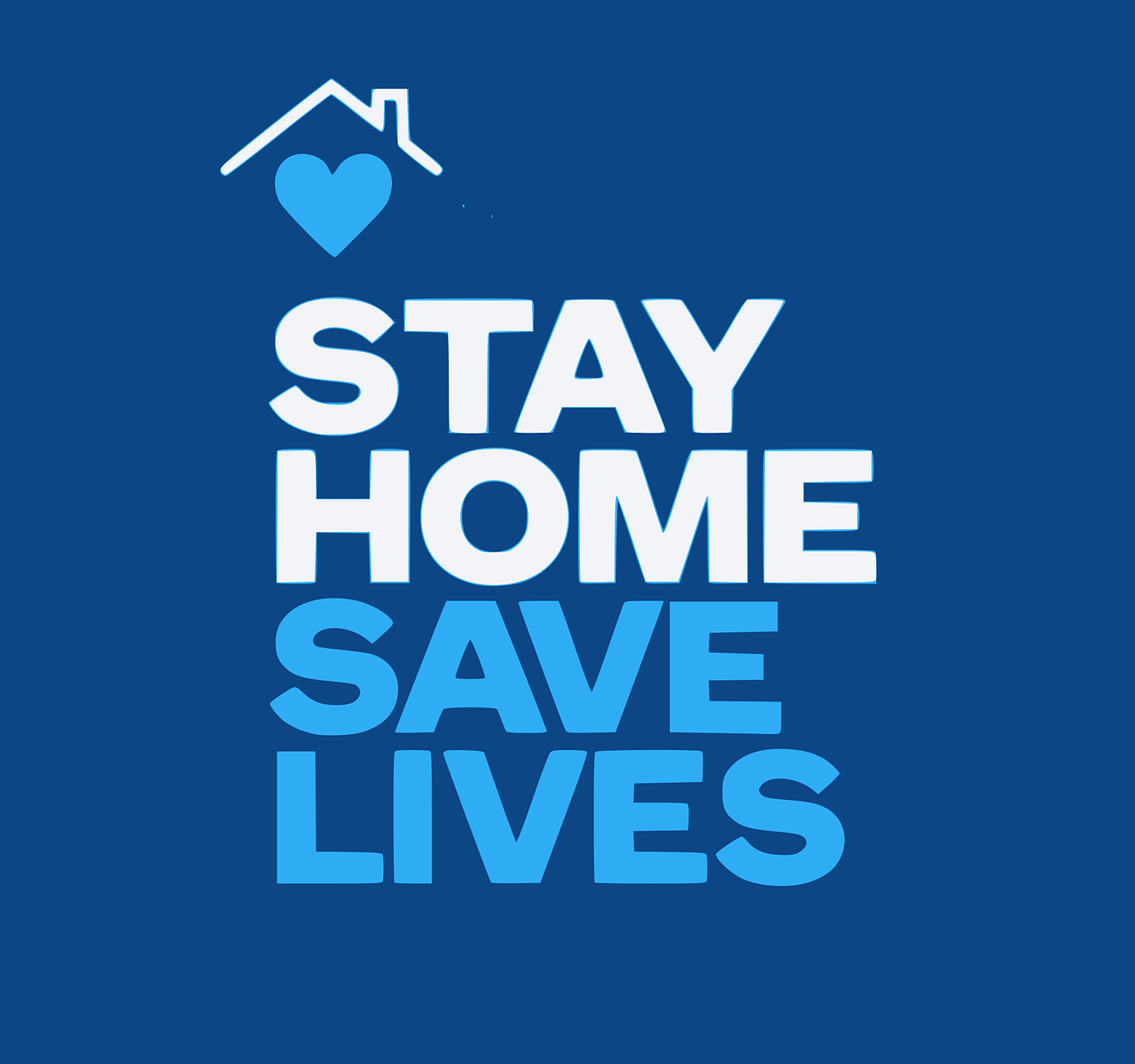I was extremely excited to come to college to surround myself with those who love school and academic discussion as much as I do. I knew I was in the right place as I spent this entire week actively debating with friends which international relations (IR) theory best describes the world today: realism, liberalism, or constructivism. As I begin my second semester of college and immerse myself in my IR major, I find that I am not only learning new factual information but also how to think differently about contemporary events. I have been particularly impressed by how my IR studies enable me to see world events through a new lens, specifically the ongoing COVID-19 pandemic.
As I continue to think about COVID, my new IR-based framework has allowed me to approach issues from a global perspective. This pandemic provides a valuable case study for evaluating both national and multinational policies in the face of a worldwide threat. Specifically, in examining the response of the United States to COVID-19, it seems clear that the US has acted in many cases from a strictly nationalist, indeed even isolationist, perspective. This nationalist approach has not only endangered our own domestic political climate but also shortchanged other countries that depend on the United States for aid and leadership. Indeed, by taking a strictly nationalistic rather than a global approach to the COVID-19 threat, US leaders have limited our responses at home and contributed to the global perpetuation of this seemingly never ending pandemic.
South Africa first discovered the Omicron variant on November 24, 2021. They were transparent about their scientific findings with the global community, rushing out the news of their research. Instead of applauding them for alerting the world and putting us in a position to proactively collaborate with them to contain the virus, the United States cut off travel to South Africa, essentially exacerbating the personal tolls of COVID with financial ones.
However, this response of putting our country and citizens first is not unique to the United States, as is reflected by poor vaccine distribution worldwide. Malta Murthy, the World Bank’s Vice President for Human Development, stated, “The situation that we see right now is absolutely unacceptable, because a large part of the world remains unvaccinated and this is a danger for all of us.” Raka Banerjee, host of The Development Podcast from the World Bank Group, says that “1.1% of people living in low-income countries have received even one dose of a vaccine… 84% of all doses that have been administered so far have all gone to people in high and upper-middle-income countries. And in comparison, looking at the percentage of doses that have been administered in low-income countries, it’s a shockingly low 0.3%.” Given these alarming statistics, the real issue the international community should be focusing on is vaccine inequality, rather than first-world concerns over mask mandates and gym closures.
In developed countries like the United States, the surplus of good vaccines reflects a population of citizens who either are vaccinated and don’t need them or, for a sizable minority, don’t want them. The surplus of vaccine orders by developed countries creates a deficit in vaccines for underdeveloped countries, whose citizens are woefully undervaccinated. Data collected at Duke University shows that “the US paid for enough vaccines for twice its population, the UK paid for enough for four times its population, and Canada for five times its population.” We greatly overestimated the number of vaccines our population would need, and we haven’t effectively allocated leftover vaccines to countries that require them. “In the U.S. alone, there could be a vaccine surplus of over 1 billion doses by the end of 2021. With this surplus— and additional vaccine production for 2022— it would be quite feasible to achieve the goal set by the World Health Organization of vaccinating at least 40 percent of the population in every country.” That plan comes much closer to achieving more widespread vaccination than the planned G7 donation of 1 billion COVID vaccines, given that the World Health Organization estimates it will take around 11 billion COVID doses to vaccinate the world. The United States could play a critical global role in helping to organize and drive this donation of surplus vaccines to countries most in need of them.
President Biden’s foreign policy centers around repairing alliances and putting the United States back on the world stage as a global leader. To date, the Biden administration has exercised only limited leadership in directing a global COVID response; much of the effort has been focused on domestic recovery in face of the persistent pandemic. As we are just starting to see reports of a lessening hold of Omicron in the US, we urge the Biden administration to take this moment to broaden its efforts to focus on the global management of COVID. Hundreds of millions in lesser developed countries are in desperate need of increased support for COVID management, and by turning his attention to the global stage, Biden could recover some desperately needed momentum as a world leader.

